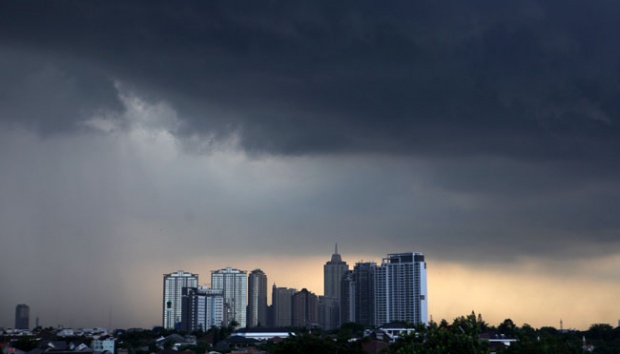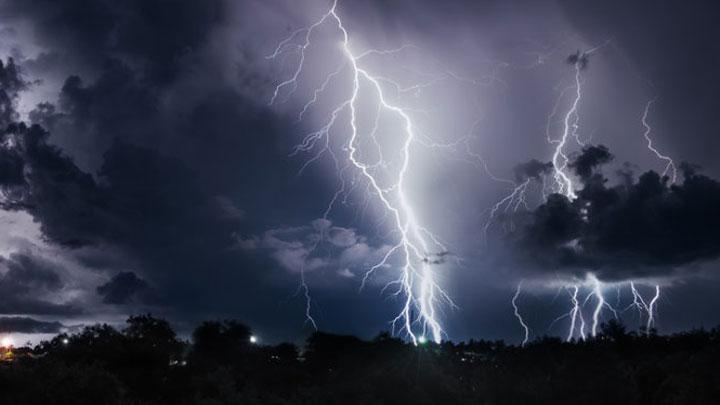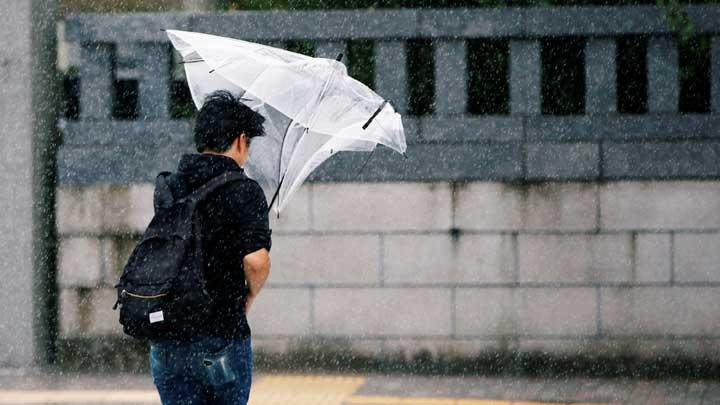BMKG: La Nina Expected to Bring Higher than Average Rainfall
19 August 2016 19:50 WIB

TEMPO.CO, Jakarta - The Meteorology, Climatology, and Geophysics Agency (BMKG) has said that the wet, dry season that has been going on since the beginning of the dry season is the result of the La Nina weather oscillation.
The Head of BMKG, Andi Eka Sakya, said through a press conference at BMKG Headquarters on Friday, August 19, 2016 that as much as 27,2 percent of Indonesia's territory has yet to enter the dry season - and high precipitation is to be expected for the next couple of weeks, if not months.
"This weather anomaly is what we call a wet spell," explained Andi, who explained that the monsoon in Australia is relatively weaker compared to previous seasons - which does not enable it to counter the relatively warmer surface temperatures across Indonesian waters. These circumstances is further compounded by the the presence of a negative Indian Ocean Dipole (IOD).
The combination of these factors have resulted in higher-than-average rainfall during the dry season - in fact, it has been higher than the average precipitation recorded in the past 30 years.
According to Andi, the IOD is a phenomenon wherein the surface sea temperature in the waters west of Sumatra is significantly warmer than the surface sea temperatures observed in the waters east of continental Africa.
As a result, there is an increase in volume of water vapour that consequently drives up the possibility of showers across Western Indonesia - especially across Sumatra and West Java.
"We have observed this negative dipole since May 2016 - and the negative dipole is expected to reach its' end around November 2016," said Andi.
Furthermore, continued Andi, the La Nina weather oscilation is expected to become more pronounced in the month of August, September and October - causing rainfall with a moderate intensity to occur during those months.
BMKG has also predicted that the aftereffect of La Nina will continue to be felt across Indonesia until January, February and March 2017 - causing a wetter than usual start of the year in 2017.























